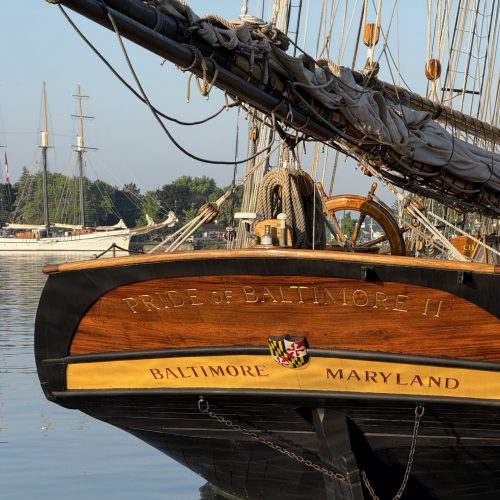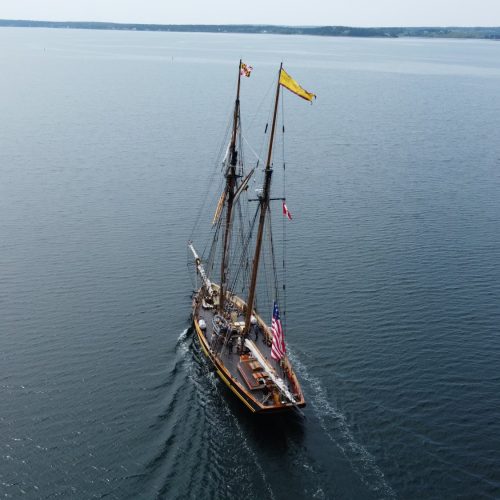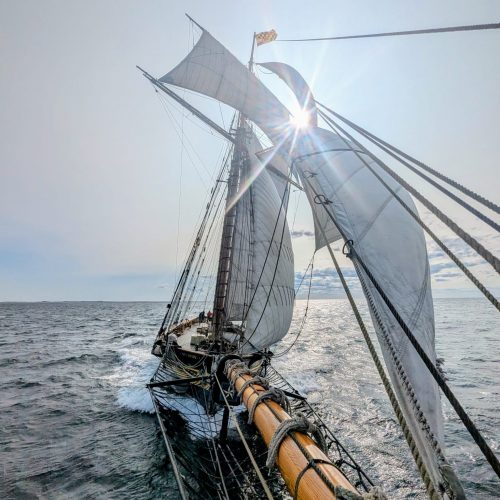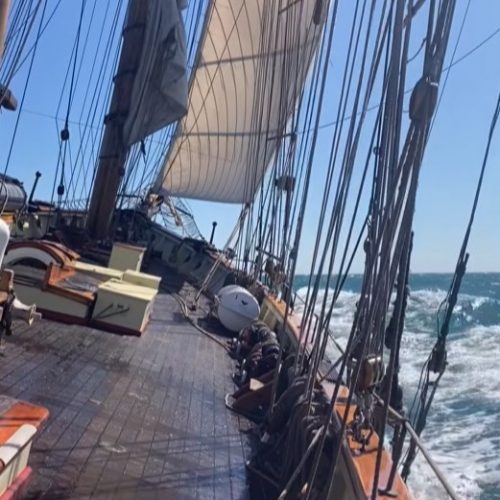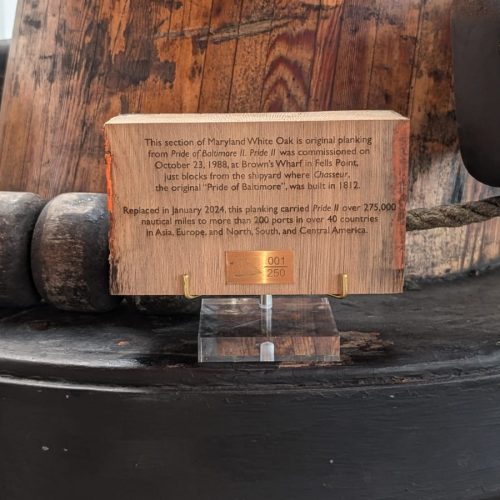Pictured above: Portrait of George Roberts, 1861, Z24.2560, Courtesy of The Maryland Historical Society, Baltimore, MD. |
George Roberts was a free black sailor during the War of 1812. A native of Baltimore, he was aboard Captain Richard Moon’s privateer schooner, Sarah Ann, at the outbreak of the war. In September 1812, Sarah Ann fell into a skirmish with two British men-of-war, Rhodian and Variable. After a short chase, Moon’s Sarah Ann was captured by HMS Statira and sent to Bermuda. On the island, six members of the crew were accused of being British subjects, and were then sent to Jamaica to await trial for treason. It was noted by Captain Moon in Jamaica that all but one of the seamen were native-born Americans, and that he feared that the men were to be “tried for their lives.” Captain Moon was questioned about the sailors as to their country of origin. Moon says that Roberts was “native born of the United States and of which fact he has every sufficient document, together with free papers. He entered aboard the Sarah Ann in Baltimore where he is married.” After more correspondence between the countries diplomats, which was quite common during the war, the sailors were released and escaped execution. After Roberts was released from prison in the Caribbean, he continued to fight the British on the open seas and it is believed that he served as a gunner on Captain Thomas Boyle’s schooner Chasseur in February 1813. Chasseur is most famously known as being the vessel that, alone, enforced a blockade of all of Britain in 1814. Captain Boyle had a proclamation posted on the door of Lloyd’s of London, the famous shipping insurance market, proclaiming that Chasseur was enforcing a total blockade of British waters. After taking dozens of prizes valued in the millions, Chasseur returned to Baltimore and was dubbed the “pride of Baltimore” upon her return to the city on April 8, 1815. George Roberts quickly adjusted to civilian life after the war. In June 1815, Roberts purchased 67 Ann Street, on the corner of Gough Street, in Fells Point. Records of Roberts continuing to live in Baltimore are found in Federal Censuses and directories. He made a living as a sawyer and laborer. A number of Baltimore newspapers published his obituary on January 16, 1861, as he was a celebrated local veteran of the War of 1812. The Baltimore Sun published his obituary under the title “Another Old Defender Gone,” and although there is no evidence that George Roberts was present in the city during the British bombardment of Ft. McHenry, the fact that Roberts was able to participate in the anniversary celebrations of the event speaks volumes to his reputation. On the same day, The Baltimore American and Commercial Advertiser advertised that George Roberts was 85-years-old when he passed (10-years younger than the age noted by the Sun), however, praises in the obituaries were similar: he had been a brave sailor, a gunner on Captain Boyle’s Chasseur, his contributions to the defense of Baltimore during the battle, and that he was an upstanding citizen. Information from this post courtesy of the Maryland State Archives. #### |
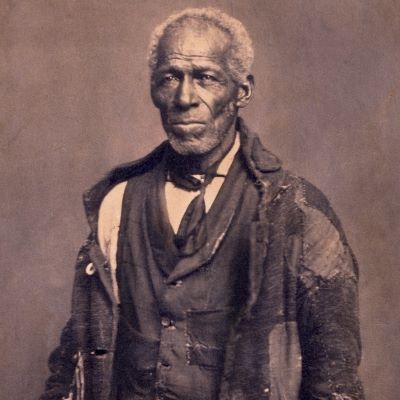
Age of Sail Privateer, George Roberts
- Published by: Lori Ferrara
- On: November 9, 2023
- Categories From The Archives
Facebook
X
Linkedin

